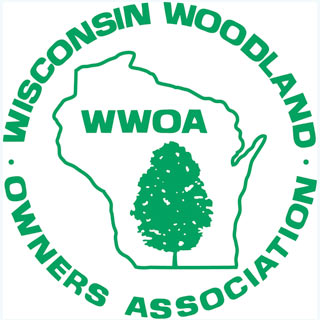RUSSELL MCLENDON December 20, 2016, 8:15 a.m.
U.S. landowners voluntarily protect more land (and water) than all national parks in the lower 48 states, a new census shows.
National parks are known as “America’s best idea,” a lofty title not used lightly. They protect iconic natural landscapes across the U.S., saving them for future generations while letting current generations enjoy them, too. They’ve inspired land conservation worldwide for 100 years, and may be even more important in the next 100.
Yet despite the clear value of national parks — and other types of publicly protected land, from national monuments to state parks — they can’t preserve as much nature as needed. Public ownership is a powerful force in conservation, but it’s often not enough given the scope of threats like deforestation, urban sprawl and climate change, plus the need for corridors to relink increasingly fragmented wilderness.
And that’s where private land comes in. With legal tools known as conservation easements, a landowner can add specific, customized protections to her land while she continues using it, and can ensure they last beyond her own lifetime. An outside group — like a private land trust or a public agency — agrees to enforce those safeguards forever, and all future owners of the land must abide by them. (In some cases, property owners sell or donate the land directly to a land trust.)
These tactics aren’t new, but they have been gaining traction in the U.S. since the 1980s. And as a new report shows, they’re now a key part of the country’s conservation portfolio, helping fill gaps among higher-profile parks and preserves.
More than 56 million acres of private land have been voluntarily conserved across the country, according to the latest National Land Trust Census, which is released every five years by the Washington, D.C.-based Land Trust Alliance. For context, that’s double the size of all land in national parks across the lower 48 states.
‘Land is the answer’
Land trusts are in a position to address many of society’s ills,” says Andrew Bowman, president of the Land Trust Alliance, in a statement about the census. “How do we stem a national health crisis and provide opportunities for people to exercise and recreate? Land is the answer. How do we secure local, healthy and sustainable food? Land is the answer. And land even has a role to play in mitigating climate change.”
Thanks to the flexibility of private land conservation, those 56 million acres play a wider range of roles than we typically expect from state or national parks. The owner of a small forest may prohibit any construction or public access, for example, while another may allow some hunting and fishing, or may even turn it into a community park with hiking trails. A family that owns a farm, meanwhile, could decide to protect certain parts of their property — like a stream buffer or a flowering meadow — while reserving their right to build structures or clear pastures elsewhere.
Regardless of public access, protected private lands tend to enrich their local communities. Even relatively small natural spaces provide nearby people with “ecosystem services,” for example, such as absorption of floodwater, protection from erosion, removal of air pollutants and refilling of aquifers. Plus, as Land Trust Alliance Vice President Wendy Jackson points out, many are also sources of local food.
“Every easement is different because every landowner is different,” Jackson tells MNN. “Some lands are open to the public, and have partnerships with local communities that allow for public access. But some of the most important places we’re preserving are family farms, with the end goal of preserving our country’s ability to feed itself, and working forests as well. So the public may not get to visit all those lands, but they’re certainly benefitting from them.”
Conservation piece
The new census includes data through the end of 2015, and it represents an increase of 9 million acres (or nearly 20 percent) from the previous edition in 2010. Across the country, land trusts of all sizes are now conserving an average 5,000 acres of private land every day, or 1.8 million acres per year.
And while it’s not always as accessible as a national park — often by design, for the sake of wildlife or for the privacy of people who live there — protected private land is still valuable for public recreation, too. The census counts nearly 15,000 private properties with public access, including more than 1.4 million acres owned by land trusts and another 2.9 million acres under easement. More than 6.2 million people visited U.S. land-trust properties in 2015, according to the census, for the kinds of friluftsliv outdoor activities that boost public health without much public investment.
As part of the 2015 census, there’s also an interactive map with more details about private land conservation in each state. Check it out to see how your state fares, and to get an idea for the kinds of private landscapes being preserved in your neck of the woods. They may not rival a national park, but they do illustrate that, beyond the well-known beauty of America’s best idea, the country has also come up with a few other clever ways to conserve its natural treasures.
Story originally from: http://www.mnn.com/earth-matters/wilderness-resources/blogs/land-trust-census-56-million-acres-private-land
